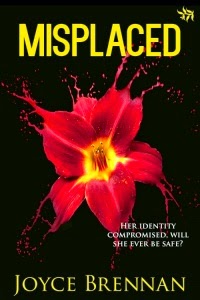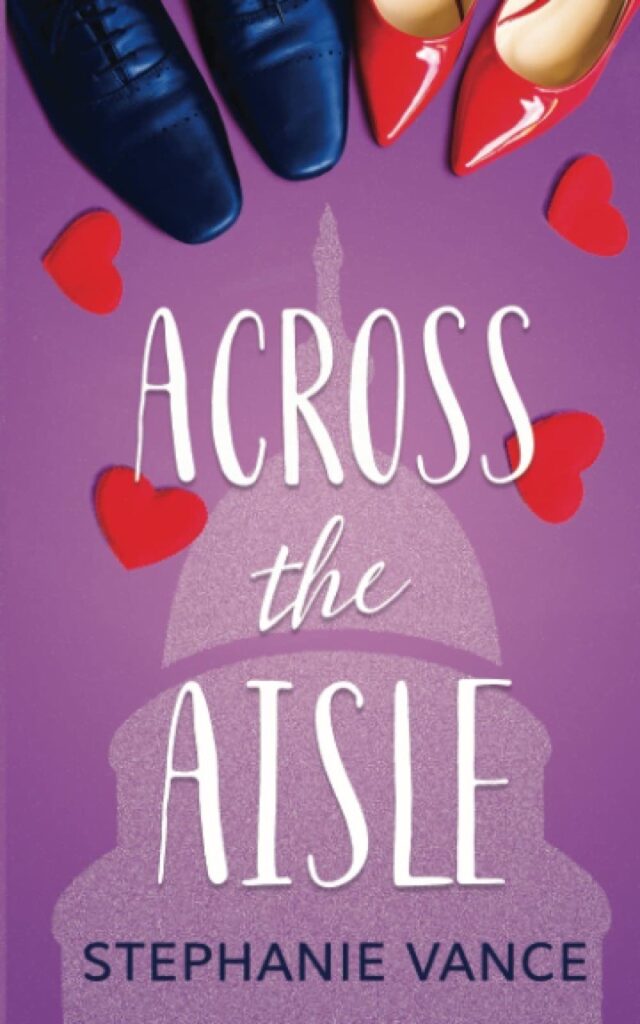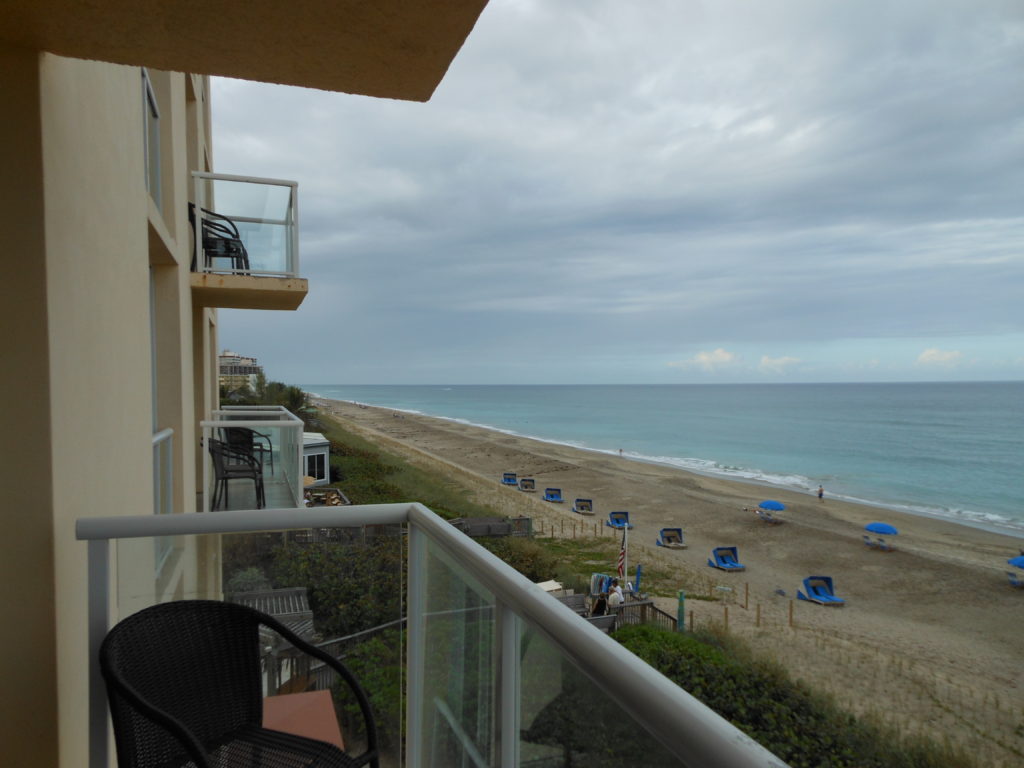
Susanna L. Hill (susannahill.com) is the author of three New York Times bestsellers, including Moon’s First Friends: One Giant Leap for Friendship, and the award-winning author of over twenty-five more books for children, including Punxsutawney Phyllis, Can’t Sleep Without Sheep, and the popular When Your Lion Needs a Bath series.
Her books have been translated into French, Dutch, German, Japanese, Chinese, and Thai. She does frequent school and library visits, teaches picture book writing, and has a popular picture book blog. Susanna lives in New York’s Mid-Hudson Valley with her children and two rescue dogs.
I wanted to learn more about Susanna, so I interviewed her.
Suzanne Lieurance: You’ve written 30 published books. But what was the road to your first published book like?
Susanna Hill: I grew up in a family of readers in a house full of books, and I have always loved reading and writing. I used to look at books and imagine seeing my name on the cover as author. Since I wasn’t one to wait around for things I wanted, I began my writing career at age 4, lying on the kitchen floor with scrap paper and a green crayon asking my mom how to spell things while she was making dinner. (FYI I never learned to cook because I was always writing instead of paying attention to the cooking!)
My first book, which I still have thanks to my mom saving it, was called The Girl and the Witch (I dare you to guess what it was about!)


I started a lot of my own Nancy Drew books (though I can’t say I ever completed any…), wrote a lot of short stories, and even tried a “trashy romance” on a dare in college.
But it wasn’t until I started reading picture books to my own children that I understood that was what I really wanted to write.
An ad for The Institute of Children’s Literature in the back of a parenting magazine invited me to submit a writing sample.
I did, not expecting to be accepted, but lo and behold I was!
It was a correspondence course by actual snail mail. . . back in the dark ages. . . , and it took me three times as long as it was supposed to complete because I kept having babies.
But complete it I did.
Armed with a handful of manuscripts, I began submitting to editors in 1996 with absolutely no real idea what I was doing.
I got a lot of form rejections, and a few champagne rejections, but it wasn’t until I met my agent (whose son was in the same kindergarten class with my daughter) that I finally got the right manuscript to the right editor at the right time and received my first publishing contract.
SL: What do you love most about writing picture books and why?
Susanna Hill: I love picture books as an art form as well as for entertainment, enlightenment, and education, and I love the experience of reading with young children and introducing them to the world of literature and all that books have to offer.
There are so many wonderful picture books!
Picture books, through both words and images, engage children, ignite their curiosity, answer their questions, give them comfort and reassurance, make them feel understood, let them know they’re not alone in their experiences and feelings, teach them all kinds of things about the world and their place in it, and invite them to explore everything under the sun with their hearts as well as their minds.
Picture books are also meant to be read aloud, so by definition they are a shared experience between a child and an older child or adult.
There is a togetherness about the reading experience that gets lost over time as kids learn to read for themselves.
Picture books represent a very special time in children’s lives, and I don’t think I’m alone, as a parent, in treasuring those happy hours of reading time with my little ones.
SL: Do you have an agent? Why or why not?
SH: I am lucky enough to have a wonderful agent – Liza Voges of Edenstreet Lit.
I am sure I would not be where I am today without her!
Whether or not to have an agent is a personal choice – some people want one, others prefer not to have one – but I love having someone in my corner to make sure my manuscripts are properly targeted toward editors where they’ll have the best shot.
It’s very helpful to me to have someone who knows what she’s doing take care of submissions, follow-up, and contracts so that I can focus on writing, teaching, school visits, and maintaining some level of social media visibility.
Also, many publishing houses no longer accept un-agented submissions, so I am grateful to Liza for opening those doors for me.
SL: In addition to writing children’s picture books, you also help other writers. Please give us some information about the various services you offer writers and where they can get more details.
SH: Writing is not the easiest path to walk.
There’s a lot to learn, and it’s a tough business with a lot of rejection.
We need to support each other.
I have been lucky enough to get some books published, but I know how hard it is to be at the beginning wondering how to get where you want to go.
If there are ways that I can help other writers get a leg up in the business, I want to do what I can.
I started by doing picture book manuscript critiques (which I still do.)
I noticed that I was saying a lot of the same things over and over to many new writers, so I wrote an online picture book writing course – Making Picture Book Magic – which I have been teaching for 10 years now.
I try to keep it affordable because I know most writers are learning and practicing their craft in what time they can find around jobs and families, and time and money are at a premium.
I feel strongly that any writer who wants to try to improve their writing should have the opportunity to learn.
My hope is that the course will teach them the basics of picture book writing and help them avoid a lot of the common trouble spots I found over and over in those early critique manuscripts.
The course is also popular with writers who are already published because it helps them look at writing in a way they might not have before.
And many people take the class two or three times for the structure and camaraderie.
I am proud to say that an impressive percentage of writers who have taken the course are now agented and/or published, multi-published, and recipients of some highly acclaimed industry awards.
The writers who take my class are self-motivated and committed to improving their craft (they took the initiative to put the time and effort into the class in the first place) and I’m sure they would have succeeded no matter what, but I think (hope!) Making Picture Book Magic has been helpful to them!
I also write a blog which is primarily focused on helping writers on their path.
I feature debut authors on Tuesday Debut, in the hopes of giving them some visibility as they start out, and fabulous picture books to share with kids, students, or to learn from yourself as a writer on Perfect Picture Book Friday.
I run at least 3 writing contests a year to help writers practice writing to submission guidelines and a deadline and put their work out there, and the prizes, donated by lots of generous folks in the kidlit world, are always things like classes, critiques by established children’s authors, books on craft, webinars, critiques by agents or editors, etc. – things that will help writers further their goals.
My blog has a For Writers section with lots of resources, including the archives of older blog features like Oh, Susanna! where people could write in with questions and I would answer them, sometimes drawing in other experts to help out, Would You Read It Wednesday, which is on hiatus at the moment, but is a chance for writers to practice their pitches and get feedback from readers on how well the pitches work and where there might be areas for improvement, and the Perfect Picture Book data base, which can be searched by author, illustrator, publishing house, date of publication, and, most importantly, theme.
If anyone is interested, my blog is open 24/7.
SL: Of all the books you’ve written, which was your favorite to write and why?
SH: That is a very difficult question!
It’s like asking who your favorite child is – the answer is all of them!
On many levels, my favorite book tends to be the one I’m writing at the moment, because that one is new and exciting, and I am fully engaged in it.
That said, I love Punxsutawney Phyllis because Phyllis is spunky and determined and it was my first real picture book.
I love Can’t Sleep Without Sheep because it’s such fun to share with a wide range of age groups – a go-to for library and bookstore events where you get a mixed age group because all kids seem to enjoy it.
I love Alphabedtime, my newest book, because the story is lively and fun and the art is absolutely amazing – very interactive – lots of things for kids to look for in the illustrations.
And I love Not Yet, Rose because I wrote it about my daughter waiting for my son to be born.
SL: What is the most difficult part of writing for children?
SH: For me, the most difficult part is brevity.
Picture books need to be short and tightly focused.
While the words can be beautiful and lyrical, they must be chosen with serious thought and care so that you get the most you can out of every word.
And, while keeping your story brief, you must still tell a great story, a compelling story, one that touches kids’ minds and hearts and makes them want to read it again and again, because picture books are expensive, and no one wants to spend $18 on a book they’re going to read once.
Picture books must also be written so they appeal not only to the children they’re meant for, but also to the adults who are going to purchase them and read them.
SL: Many people want to write a children’s picture book, but they just never seem to write one that publishers want to buy. Please share some tips for writing a “marketable” picture book.
SH: Tip #1: if you want to write picture books, read A LOT of picture books.
Study current books to see what kinds of topics and styles of writing are selling today.
Study classic books that have stood the test of time to identify what they do so well that they’ve remained favorites for decades despite the changing world.
Tip#2: make sure you’re writing a story that will appeal to children ages 3-8 – the primary picture book age.
That sounds so obvious, but it’s surprisingly easy to write a perfectly solid story that misses the picture book mark.
Choose a topic/concept/subject that kids that will be meaningful to kids in this age group.
Make sure your vocabulary, sentence structure, and overall manuscript length are age appropriate.
And make sure that your story is strong enough to demand and hold up to multiple re-readings.
Tip #3: try to give your story more than one “hook” or layer.
Editors want to publish great books, but the bottom line is that publishing is a business, and books have to make money.
To that end, the more people a book can appeal and connect to, the better.
If your book is an alphabet book, great.
Lots of parents want their kids to learn the alphabet.
Lots of teachers need to teach their students the alphabet.
If it’s also a bedtime book, better.
Now kids can learn about the alphabet and also have a bedtime story at home or talk about different bedtime routines and the way different families get ready for bed in the classroom.
If it also has humor, even better.
Now you’ve got a book that teaches the alphabet, serves as a bedtime story, and makes kids laugh so they want to hear it again.
Books that have a connection to any part of the early childhood or early elementary curriculum can help teachers and will potentially find a lot of shelf space in classrooms and libraries as well as in homes.
Tip #4: make sure your story lends itself to illustration and leave room in your manuscript for the illustrator.
This is obvious, I know, but picture books have pictures!
The illustrations are meant to carry half the book.
Use this to your advantage.
Don’t waste your precious word count on things the illustrator can do for you.
Capitalize on page turns and maximize the impact of your words by letting the illustrations play off them.
If you’re interested in learning to write picture books, or you already write them but would like to hone your skills or have the opportunity to look at writing from a different perspective, please check out Making Picture Book Magic!
SL: You seem to network with other children’s authors a lot (based on the content at your website). Please share some of your best networking tips for writers. Also, why do you think it’s important for writers to network with each other?
SH: I think it’s important to network with other writers because we all support each other, and we can all learn from each other.
I am the first to admit I’m not as great at social media as a lot of writers are – I don’t seem to have as much time in the day as I need – but I have accounts on FB, Instagram, and Twitter in addition to my blog.
When I see an article or tip I think other writers would benefit from, I share it.
When writer connections share, I learn from what they’ve posted.
When someone I know gets a publishing contract, has a cover reveal, has a book trailer, or has a new book out, I try to share it for them, and they do the same for me.
Getting book reviews is a huge thing – so important for helping your books gain traction and visibility – so a writing network can help you do that for your fellow writers and hopefully they will do it for you, too.
And as I mentioned on the previous page, I try to use my blog to highlight new authors (and sometimes new illustrators or new publishing houses) and share great picture books of all kinds.
SL: Tell us about your newest book. What is it about? When was it published?
Susanna Hill: My newest book is Alphabedtime, illustrated by the incredibly talented Betsy Snyder, and published by Nancy Paulsen Books (an imprint of PRH).
It’s been out since October, and it’s a story about putting the alphabet to bed.
If you’ve ever tried to put 1-5 kids to bed, just imagine trying to get 26 to settle down!
Alpha Mom has her work cut out for her as her 26 kiddos dance and race and tumble and play, only marginally managing to do any actual getting ready for bed.
The book is extra fun because Betsy did such a great job of placing tons of items in the illustrations that begin with all the letters, so kids can have fun seeing how many things that can find that begin with A or B etc., and because once M (the Magician) has been introduced, there are rabbits hidden on all the pages.
[Image: text copyright Susanna Leonard Hill 2022, illustration copyright Betsy Snyder 2022, Nancy Paulsen Books/Penguin Random House 2022]
SL: What are you working on right now?
Susanna Hill: Right now, I have several manuscripts-in-progress, none of which are anywhere near submission-ready, plus several with my agent out on submission (fingers crossed!).
I have a book coming out in August from Sourcebooks – You’re The Star In My Sky.


I am also trying to write a new online writing course (which is going very slowly because I keep needing to spend time on things with deadlines).





